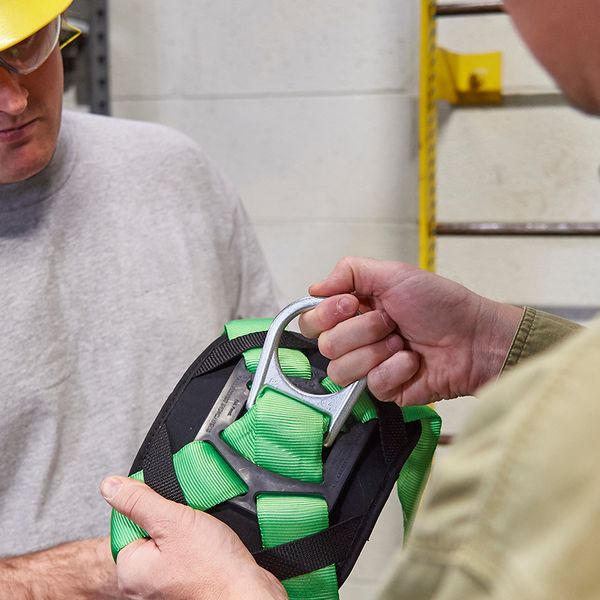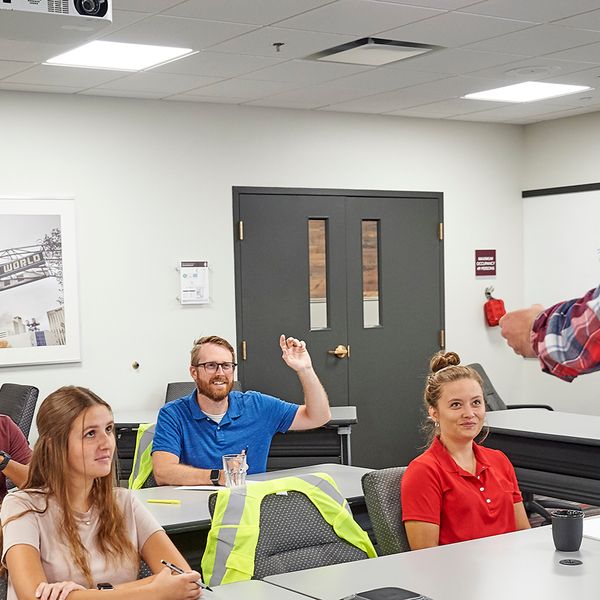What makes incentive programs effective
To be effective, incentive programs should minimize lag time between the desired behavior and the reward. Rewards need not involve money, and in fact appreciation may be more effective.
Employers adopt incentive programs to help recruit new employees, improve retention, or motivate a desired behavior or outcome. Safety incentives generally attempt to motivate safer behaviors, but they can also increase retention because employees want to feel valued. Showing workers that their safety is a company priority can increase their engagement.
Showing appreciation
Surveys indicate that most employees would prefer a job where they feel appreciated compared to a job that pays more, so incentives offered need to be financial. Employees enjoy money, of course, but money alone is not a good motivator.
Successful incentive programs pair a financial reward with a strong showing of recognition. Consider these two possible options:
- All employees receive a $500 bonus at the end of the year if the company achieves a specified safety goal.
- Individual employees receive a $25 gift card whenever the supervisor sees them doing something correctly (like sanitizing PPE or reporting safety hazards).
In the first option, employees get a substantial reward, but only after a significant lag time. This creates distance between the reward for the desired behaviors. Recognition should be delivered shortly after the desired action.
A program that delivers a bonus check at the end of the year won’t be as effective at changing behavior, assuming employees even remember the specific behaviors that contributed to meeting the goal. Worse, if employees make some progress but the stated goals were not achieved, then no reward gets delivered. This “all or nothing” approach means that employees might not receive anything for a year’s worth of effort.
In the second option, the reward is immediate and tied to specific behaviors. This recognition is more effective, and each award creates a reminder of the program, keeping it fresh in everyone’s mind. This requires ongoing effort from supervisors, but the employer will likely get more “bang for the buck.”
Delivering rewards
As noted, an incentive program should deliver rewards for positive behaviors, like wearing PPE or reporting hazards. Some employees view safety as “following the rules” and worry about discipline for violations. The incentive program should encourage positive outcomes and drive those behaviors.
With an ongoing program that successfully reduces injuries, employees should begin to feel that safety is its own reward. Essentially, the program should reward employee involvement and participation in safety, resulting in fewer injuries.
Successful incentive programs
The following overview of two common incentive programs can help you successfully implement a program.
Rate-based programs set a goal of reducing numbers of injuries. They can be effective, but not if you focus only on the numbers. An effective program focuses on the process because a program that successfully drives safer behaviors will improve the numbers as well. The question of where to place the focus depends on the particular hazards that your employees face.
Hazard reporting programs encourage employees to report hazardous conditions and near-misses. All those extra eyes watching for problems should help reduce injuries. The goals are to get employees watching out for each other, and demonstrate that the company will quickly correct any hazards. Consider hosting walkthroughs to look for hazards as learning opportunities. Also, if a manager observes an employee doing something right (like cleaning spilled water) or notices that a problem did not happen again (a cluttered aisle was kept clear), that could be recognized as well.



















































